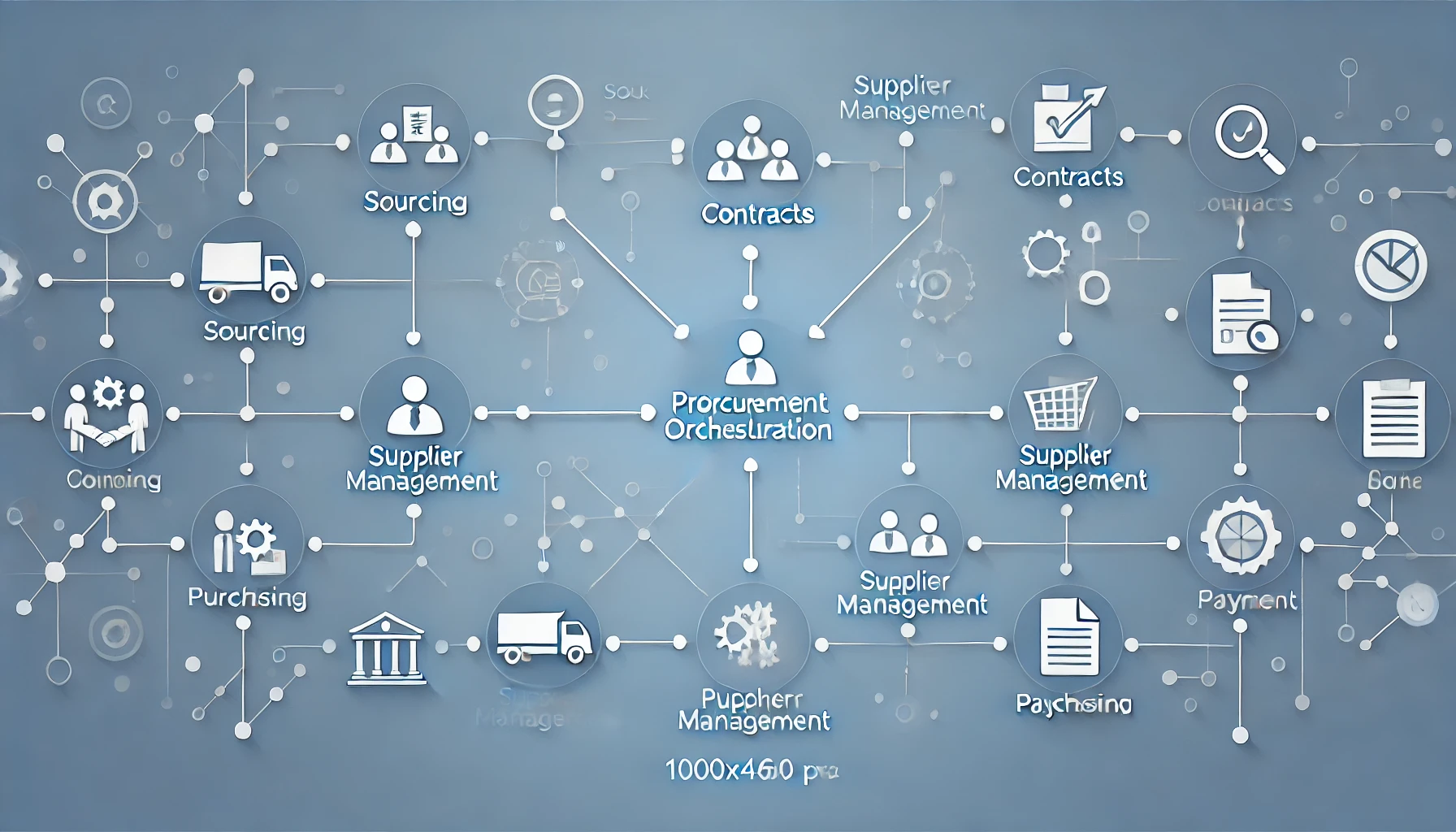Public-Private Partnerships (PPPs) have emerged over the last decade as one of the best ways to foster development, fuelled by insufficient investment, growing pressures on government budgets and a general concern about service provision by state enterprises and agencies. There is no one widely accepted definition of public-private partnerships (PPP). The PPP Knowledge Lab defines a PPP as “a long-term contract between a private party and a government entity, for providing a public asset or service, in which the private party bears significant risk and management responsibility, and remuneration is linked to performance”. PPPs typically do not include service contracts or turnkey construction contracts, which are categorized as public procurement projects, or the privatization of utilities where there is a limited ongoing role for the public sector.
In some jurisdictions, and in particular civil law counties that follow the tradition of the Code Napoleon, a distinction is made between public contracts such as concessions, where the private party is providing a service directly to the public and taking end user risk, and PPPs, where the private party is delivering a service to a public party in the form of a bulk supply, such as a Built-Operate-Transfer (BOT) project for a water treatment plant, or the management of existing facilities (e.g. hospital facilities) against a fee.
In other countries, specific sectors are excluded from the definition, particularly those sectors which are subject to effective regulation or where there is extensive private sector initiative, such as in ICTTelecoms. In some countries arrangements involving more limited risk transfer such as management contracts are excluded from the definition for institutional reasons as the authorities prefer that they fall under traditional procurement processes for goods and services.
PPPs have taken place mainly in economic (physical) infrastructure, such as power, transport, telecommunications, and water and sanitation. The desire of greater efficiency and better services, as well as the limited volume of public resources available to finance such services are now increasingly leading governments to enhance public-private partnerships approach.
In another way, for more PPPs to emerge in Africa, countries need to improve the business environment. At present serious constraints exist in many countries. These constraints are: inadequate legal and regulatory framework for PPPs; lack of technical skills to manage PPP programmes and projects; unfavourable investor perception of country risk, Africa’s limited role in global trade and investment, small market size, limited infrastructure and limited financial markets. Accordingly, the African Development Bank is encouraging African countries to create the necessary legal and regulatory framework for PPPs; as well as facilitating networking and sharing of experience among regulatory agencies and other similar organizations.
There a number of models or types of PPPs; these are primarily distinguished by two factors (1) degree of risk allocation between the public and private sectors and associated investment levels (2) length of the contract period. The main types are:
First, a service contract PPP, the public sector hires a private company or
entity to carry out one or more specified tasks or services for a period, typically 1–3 years. The public sector remains the primary provider of the infrastructure service and contracts out only portions of its operation to the private partner. The private partner must perform the service at the agreed cost and must typically meet performance standards set by the
Public sector. Under a service contract PPP, the government pays the private partner a predetermined fee for the service, which may be based on a one-time fee, unit cost, or other basis.
Second, a management contract expands the services to be contracted out to include some or all of the management and operation of a public sector infrastructure service (i.e. utility, hospital, port facilities etc.). Although ultimate obligation for service provision remains with the public sector, daily management control and authority is assigned to the private partner or contractor. In most cases, the private partner provides working capital but no financing for investment. The private partner is paid a predetermined rate for labor and other anticipated operating costs. To provide an incentive for performance improvement, the private partner is paid an additional amount for achieving pre specified targets. Alternatively, the management contractor can be paid a share of profits. The public sector retains the obligation for major capital investment, particularly those related to expanding or substantially improving the system.
Third, under a lease contract, the private sector is responsible for the service in its entirety and undertakes obligations relating to quality and service standards, except for new and replacement investments, which remain the responsibility of the public sector. The private operator provides the service at his expense and risk. The duration of the lease contract is typically for or above 10 years and may be renewable. Full responsibility for service provision is transferred from the public sector to the private sector and the financial risk for operations and maintenance is borne entirely by the private sector. The private sector makes lease payments to the public sector as contractually agreed. Furthermore, the private operator is responsible for losses and for unpaid consumers’ debts.
Fourth, a PPP concession contract is one that makes the private sector concessionaire responsible for the full delivery of the specified infrastructure services in a specified area, including operation, maintenance, collection, management, and construction and rehabilitation of the system. Importantly, the private sector is responsible for all capital investment. Although the private sector is responsible for providing the infrastructure asset, such assets are owned by the public sector even during the concession period. The public sector is responsible for establishing performance standards and ensuring that the concessionaire meets them. In essence, the public sector’s role shifts from being the service provider to regulating the price and quality of service.
The concessionaire collects the tariff directly from the system users. The tariff is typically established by the concession contract, which also includes provisions on how it may be changed over time. In rare cases, the government may choose to provide financing support to help the concessionaire fund its capital expenditures. The concessionaire is responsible for any capital investments required to build, upgrade, or expand the system, and for financing those investments out of its resources and from the tariffs paid by the system users. The concessionaire is also responsible for working capital.
A concession contract is typically valid for 25–30 years so that the operator has sufficient time to recover the capital invested and earn an appropriate return over the life of the concession. The public sector may contribute to the capital investment cost if necessary. This can be an investment “subsidy” (ie. viability gap funding) to achieve commercial viability of the concession.
Lastly, BOT and similar arrangements are a kind of specialized concession in which the private sector or private sector consortium finances and develops a new infrastructure project or a major component according to performance standards set by the public sector. There are many variations of BOT-type contracts in the literature and in use. Under BOTs, the private partner provides the capital required to build the new facility. Importantly, the private operator is said “to now own the assets for a period set by the contract” —sufficient time is therefore allowed for the private sector developer to recover investment costs through user charges. The public sector may in some cases agree to purchase a minimum level of output produced by the facility to guarantee the private sector ability to recover its costs during operation. BOTs generally require complicated financing packages to achieve the large financing amounts and long repayment periods required. At the end of the contract, the public sector assumes ownership but can opt to assume operating responsibility, contract the operations responsibility to the developer, or award a new contract to a new partner.
In Nigeria, the Infrastructure Concession Regulatory Commission (ICRC) Act 2005 that is responsible for setting forth guidelines to promote, facilitate and ensure Public Private Participation (PPP) projects in Nigeria need to provide value for money for infrastructure services so as to enhance economic growth. The Public-Private Infrastructure Advisory Facility (PPIAF) a multi-donor technical assistance facility which was created to help governments in developing countries is expected to improve the quality of infrastructure through partnership with the private sector.
The fact is that the shift towards PPP has been necessitated by increasing dilapidation of public infrastructure, fiscal constraints as government seek alternative sources of investment funding, need to eliminate bureaucratic inefficiencies in government projects, search for a viable alternative in the face of rising public debt and the rising demand for public services in the face of increasing population and strong economic growth. Infrastructure is key to national development and remains the primary responsibility of the government. The role of the private sector is to aid the Government in selected projects. Private sector participation should be limited to infrastructure projects that will result in profitability for the private sector. PPP infrastructure projects are usually long term and as a result PPP participation will be limited to projects with acceptable internal rates of return.
However, while PPPs can present a number of advantages, it must be remembered that these schemes are also complex to design, implement and manage. They are by no means the only or the preferred option and should only be considered if it can be demonstrated that they will achieve additional value compared with other approaches, if there is an effective implementation structure and if the objectives of all parties can be met within the partnership.
Although, there is distinct approach from Traditional/Conventional procurement and that of PPPS model. Here the Conventional is when the government generally funds 100 per cent. This traditional approach involves extensive design work before the project is procured and there is limited project-related risk transferred to a private contractor. However, the PPPs model may be most appropriate for capital projects with significant ongoing maintenance requirements. For these projects, the contracting entity can offer project management skills, innovative design and risk management expertise that can bring substantial benefits. Properly implemented, a P3 helps to ensure that desired service levels are maintained, that new services start on time, facilities are completed on budget, and that the assets built are of sufficient quality that will be maintained to a contracted quality over their service life. PPPs ensure that contractors are bound into long-term operational contracts and carry the responsibility for the quality of the work they do. And to the this end, Nigerian Government can focus more on PPPS arrangement to poster infrastructure development and create jobs while empowering private sector.




